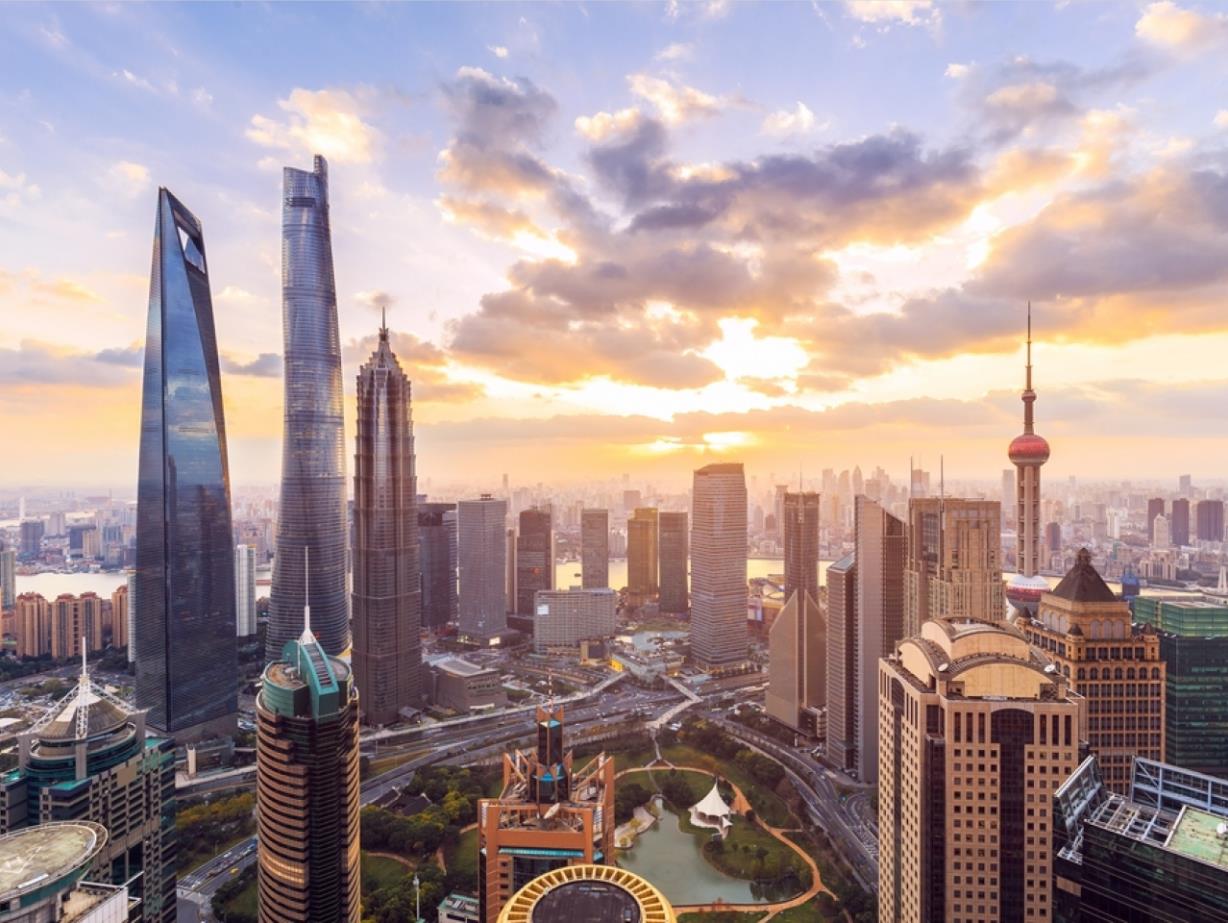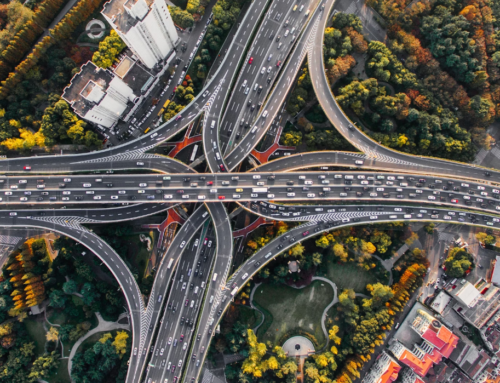On 1 March 2022, the Ministry of Housing and Urban-Rural Development issued the 14th Five-year Plan on Developing Green Buildings and Energy-efficient Buildings (hereinafter referred to as the Plan), outlining the background, general requirements, key tasks, safeguarding measures and governmental implementation approaches.
The general target of the Plan is that by 2025, the total consumption of primary and secondary energy in building operations (tons of standard coal) shall be limited to 115 million tons of standard coal; while the energy efficiency of newly-built residential buildings in urban areas shall increase by 30%, and by 20% for newly-built public buildings.
Comparing with the previous 13th Five-Year Plan (2016-2020), we summarise the key points of the Plan which may be relevant for foreign enterprises:
- Shifting the focus of development of green and energy-efficient buildings.
- Green buildings. The Plan shifts the focus from the promotion of both quality and quantity development of green buildings, towards quality and management of green buildings. This means that the importance of management of the buildings operations has been increased. For instance, in addition to promoting the high-quality construction of the green building, the Plan particularly specifies a set of requirements regarding the management of green buildings operations, including encouraging the establishment of management platforms for green building operations, using ICT for real-time monitoring and analysis of energy consumption and indoor air quality.
- Energy-efficient buildings. As the standards system is in the process of being completed and major standards have already been released, the new Plan focuses more on the application of standards and the improvement of energy efficiency levels. For instance, according to the Plan, various campaigns for improving energy efficiency of civil buildings shall be initiated, which will be in line with the target of energy conservation set in General Specification of Energy Efficiency and Renewable Resources Utilisation in Construction Sector (GB 55015-2021) (hereinafter referred to as the General Specification).
- Completing the standards system of green and energy-efficient buildings. Before releasing the Plan, the government had issued two major standards: the General Specification (GB 55015-2021), and the Assessment Standard for Green Building (GB/T 50378-2019). Apart from but in line with these two major standards, the Plan urges the formulation of corresponding standards, such as the national standards Design Standard for Green Buildings, and Acceptance and Quality Specification for Green Building Construction, which will in turn contribute to the application of the two major standards. Taking Design Standard for Green Buildings as an example, according to relevant local authorities with experience in applying the relevant local standard, it represents a practical interpretation of Assessment Standard for Green Building (GB/T 50378-2019) in a language easily comprehensible and acceptable by designers, thus providing them clearer guidance when designing green buildings.
- Developing technical standards for zero carbon building. In 2021, China made progress regarding the standardisation of zero carbon building. For instance, the association standard Guidelines for the Identification and Evaluation of Zero Carbon Buildings (T/CASE 00-2021) was released in 2021, representing the first zero carbon building standard in China. Besides, the formulation of the national standard Technical Standard of Zero Carbon Building was initiated in 2021 and is expected to be released in near future. In general, the standardisation system of low carbon / near zero carbon / zero carbon buildings is regarded as the foundation for building low-carbon cities, and will be further optimised during the 14th five-year period.
- Detailing the plan on the usage of renewable energy, electrification of buildings and green construction.
- Promoting the safe and environment-friendly usage of renewable energy. Compared with the mere promotion of expanding the usage of renewable energy in the 13thFive-Year Plan, the new Plan highlights the safety and environmental protection of the For instance, according to the Plan, if the building installs photovoltaic systems, the structural safety of the building or facilities shall be guaranteed. As to the usage of geothermal energy, for instance, the underground water heat pump can only be promoted under the premise of 100% recharge in order to reduce the environmental impact.
- Carrying out electrification programs for buildings. The Plan aims to build energy consumption systems, centering on electricity consumption, so as to reduce direct greenhouse gas emissions from buildings. Specifically, by 2025, the electricity consumption shall account for more than 55% of building energy consumption.
- Promoting the green construction and usage of green building materials. According to the Plan, various programmes will be launched focusing on how to use standardised components for integrated design, guiding suppliers to carry out standardised mass production, and thus gradually reducing production costs and promoting the sustainable industrial development of new buildings.
- Highlighting the coordinated development within a city/region. Instead of focusing on reducing the carbon emissions of individual buildings, the Plan outlines the particular requirements on promoting regional coordination in terms of energy consumption and supply, and on building green cities. After all, coordinated development can generate a cluster effect and further sustain the development and promotion of green and energy-efficiency buildings.





